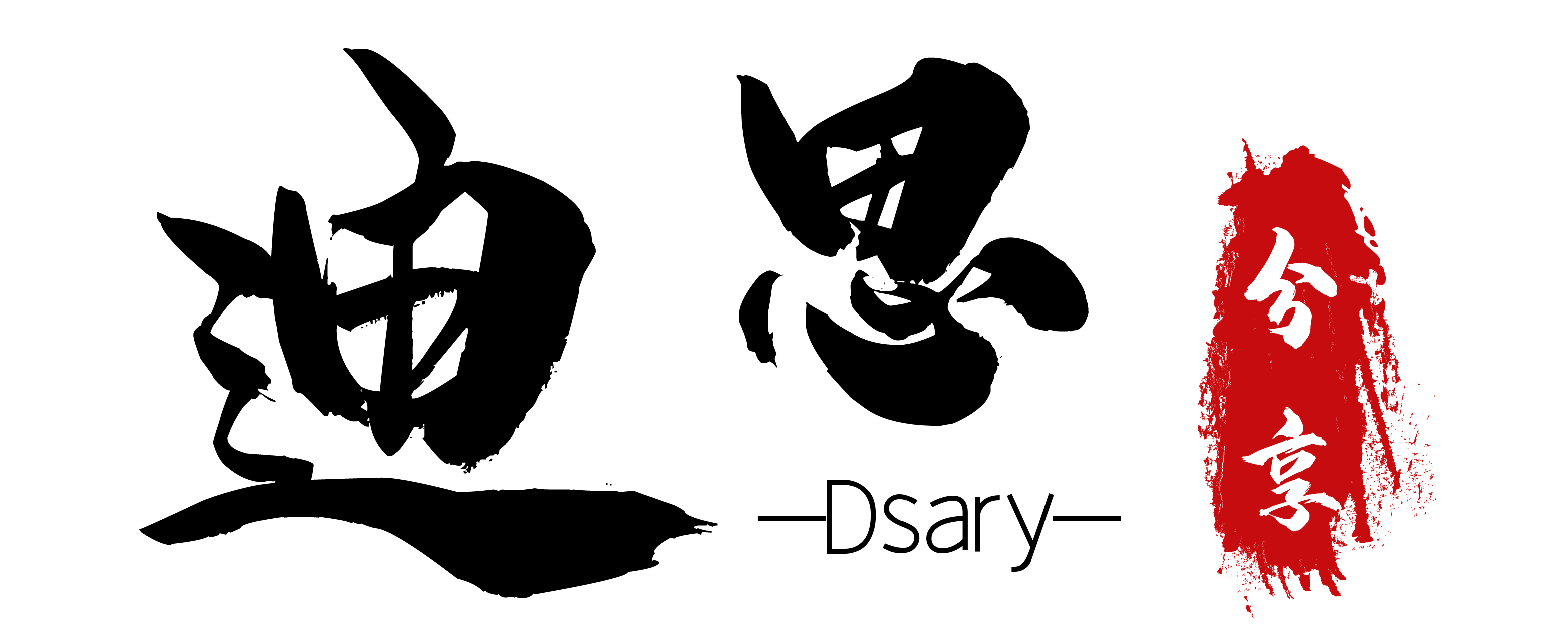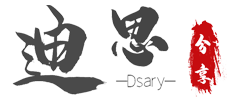

免费资源网 – https://freexyz.cn/
docker导出指定时间段内日志
命令格式如下:
docker logs –since <起始时间> –until <结束时间> <容器ID或名称> > <导出文件路径> <起始时间>:指定要导出日志的起始时间,格式为YYYY-MM-DDTHH:MM:SS。<结束时间>:指定要导出日志的结束时间,格式为YYYY-MM-DDTHH:MM:SS。<容器ID或名称>:指定要导出日志的Docker容器ID或名称。<导出文件路径>:指定导出日志的文件路径和文件名。例如:
要导出容器ID为58c472a20857的Docker日志,在2023年7月7日00:00:00到2023年7月14日23:59:59之间的日志
可以使用以下命令:
docker logs –since=”2023-07-07T00:00:00″ –until “2023-07-14T23:59:59” 58c472a20857 > log.txt目标检测中遇到的问题和docker导出日志
docker容器导出日志
导出日志在Linux服务器的本地目录下,可以直接下载
docker logs 容器名称 > log.txtFlask使用main执行
1 改dockerfile 文件内容
#CMD [ “python3”, “-m” , “flask”, “run”, “–host=0.0.0.0”] CMD [ “python”, “./app.py” ]2 改 app.py 中的内容
from flask import Flask app = Flask(__name__) @app.route(/) def hello(): return “Hello, World!” if __name__ == __main__: app.run(host=0.0.0.0)针对加载模型时间过长
将模型在主程序 main 中加载,进行flask交互时,将全局变量直接导入使用模块中,比如提前加载YOLOv5模型。
if __name__ == “__main__”: os.makedirs(“./config/”, exist_ok=True) config = Config(config/config.json) print(“加载YOLO模型:”) # 从本地目录加载自定义的YOLOv5模型 yolo_model = torch.hub.load(yolov5, custom, path=yolov5/best.pt, source=local) # 设置置信度阈值 yolo_model.conf = config.floating_threshold app.run(host=0.0.0.0)提取图片中的识别区,将无关部分去除
def adjust_img_size(img, width_ratio=1, height_ratio=0.8, padding_color=(255, 255, 255)): “”” 获取图片中间长宽各1/2的中间区域,外部全部填充为指定颜色。 Parameters: img (numpy.ndarray or PIL.Image.Image): 输入的图片,可以是numpy数组或PIL图像对象。 padding_color (tuple): 填充的颜色,格式为 (R, G, B)。 width_ratio:ratio height_ratio:ratio Returns: numpy.ndarray: 调整后的图片数组。 “”” # 将输入图片转换为numpy数组 if isinstance(img, Image.Image): img = np.array(img) # 获取图片尺寸 height, width, channels = img.shape # 创建填充区域 padding = np.full((height, width, channels), padding_color, dtype=np.uint8) # 计算截取的高度和宽度 crop_height = int(height * height_ratio) crop_width = int(width * width_ratio) height_1 = int((height – crop_height)*0.5) width_1 = int((width – crop_width) * 0.5) # 截取图像 cropped_image = img[height_1:crop_height + height_1, width_1:crop_width + width_1] # 将原始图片放入填充区域的中间 padding[height_1:crop_height + height_1, width_1:crop_width + width_1] = cropped_image return padding返回图片中固定比例的点
def get_point(img, height_ratio, width_ratio): “””返回图片中的点目标点,用于在图上做标注””” # 获取图片尺寸 height, width, channels = img.shape # print(查看形状:, img.shape) # 计算截取的高度和宽度 crop_height = int(height * height_ratio) crop_width = int(width * width_ratio) height_1 = int((height – crop_height)) width_1 = int((width – crop_width) * 0.5) width_2 = width – width_1 height_2 = height – int((height – crop_height) * 0.5) # print(查看返回值:, width_1, height_1, width_2, height_2) return width_1, height_1, width_2, height_2总结
以上为个人经验,希望能给大家一个参考,也希望大家多多支持。
© 版权声明
THE END


























暂无评论内容